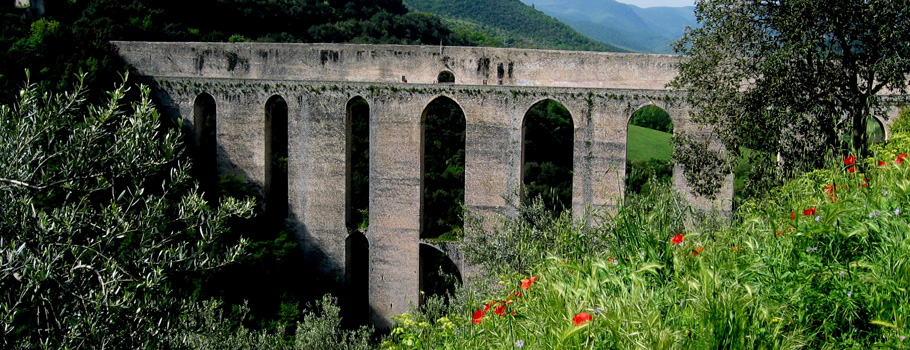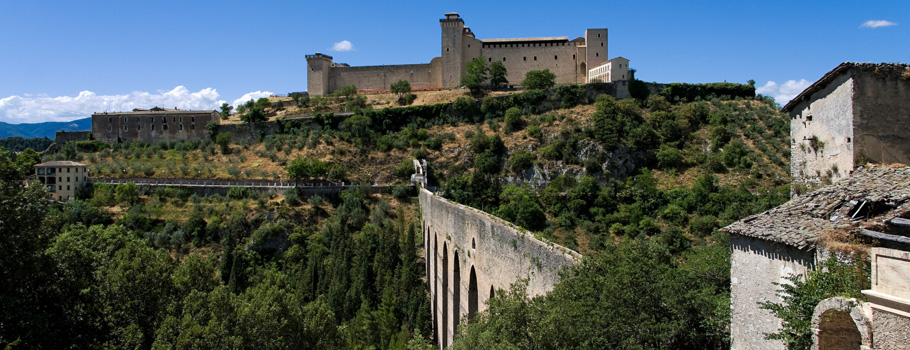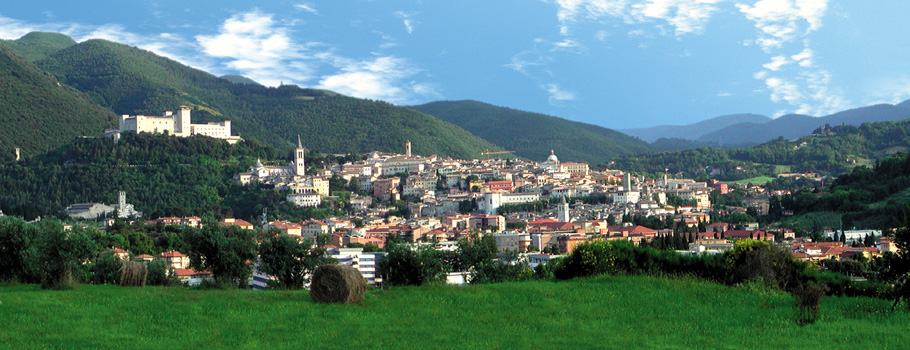


History
The findings on the hill San'Elia (XI-X centuries BC) and the Suburb boundary polygonal work (I-I century BC.) Testify to the vitality of the center even before the conquest by the Romans. Cologne from 241 a. C. municipium and in 90 BC; Spoletium grew and grew rich during the Republican period and imperial.
Significant buildings, both civil and religious testimony to its prosperity: the Roman house of the beginning of the first century AD C., the amphitheater, in the future the subject of a challenging recovery, the theater, the Bloody Bridge, the Arch of Drusus, the remains of the temple area of the hole (now Market Square).
The chapter of the barbarian invasions and wars ended with his election to Spoleto in 576 the capital of the Lombard duchy, which then passed to the German and Frankish dynasties, remained healthy and independent until the twelfth century. Testimonies of the Lombard period have recently been discovered at Palazzo Mauri (mosaic of the sixth century.) Pianciani and Palace (mosaic of the seventh century.).
In 1155 the City, formerly a free city was destroyed by Frederick Barbarossa. The subsequent performance of the last duke of Spoleto caused a further loss of importance of the city and its final submission to the power of the state of the church.
Inexorable climate of political decadence of later centuries, though animated by alternating episodes of rebellion and submission, the city seemed to redeem itself only after the French occupation (1809-1815) was elected as the capital of the Trasimeno.
Definitely downgraded after the unification of Italy in favor of Perugia, just after World War II the city was able to react to abandonment and a difficult economic situation.



